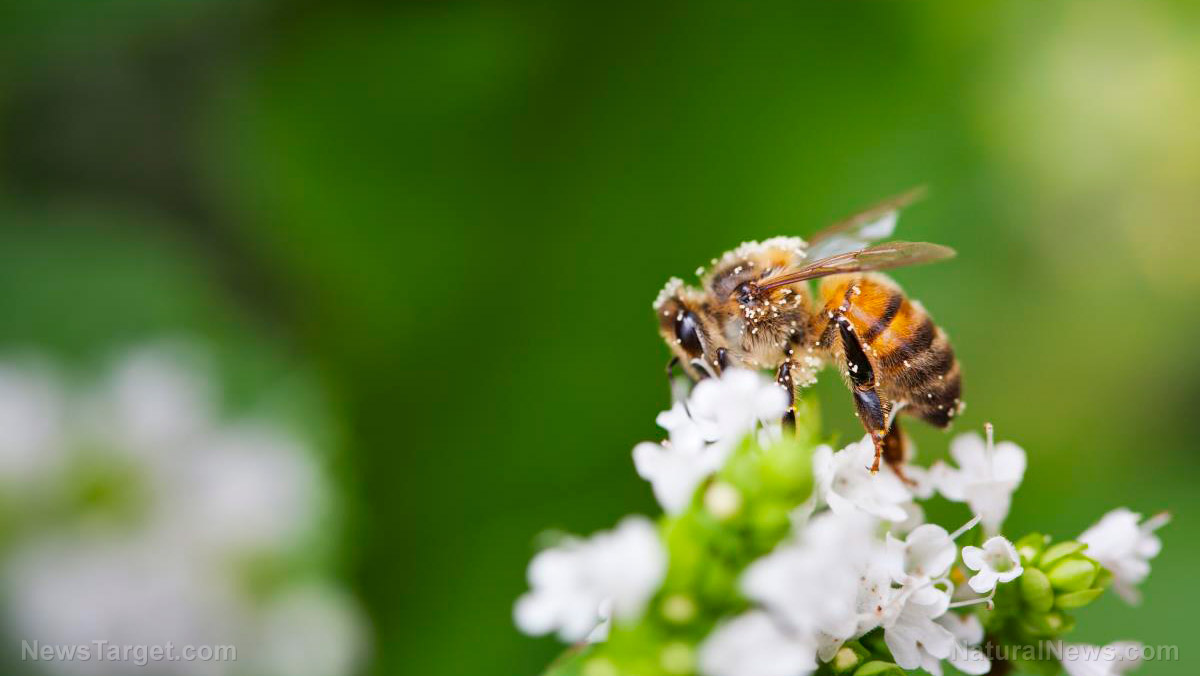
Seed dispersal is an important cog in ecological systems all over the world. Plants have quite literally evolved strategies to spread their seeds away from the parent plant. Some have figured out ways to eject their seeds, either by making them lightweight enough to float in the wind or by putting their seeds in fruits that quite literally explode.
More than half of all plants rely on wildlife to disperse their seeds. In some cases, like in tropical rainforests, trees and other flora rely on wildlife to disperse up to 90 percent of all seeds in the area.
This seed dispersal typically happens when animals eat fruits from plants or carry away their nuts. The animals then excrete or drop the seeds in another area, causing these seeds to take root where they landed and grow into new plants. (Related: Birds don't just disperse seeds when they eat fruits – they can also spread seeds stuck to the mud of their feet.)
Loss of wildlife and less seed dispersal could lead to devastating feedback loop
According to a recent study published in the peer-reviewed journal Science, the global decline of bird and mammal biodiversity is making plant populations around the world suffer immensely.
With wildlife that act as seed dispersers and pollinators continuously dying, the process of expanding plant and tree growth has been sufficiently disrupted, putting the biodiversity of many regions of the world at increased risk. Researchers fear that one day, biodiversity would be the least of their problems and the loss of wildlife and seed dispersal might cause entire regions to enter a devastating feedback loop.
If seeds no longer have a viable mode of transportation to places where they can germinate, the growth of forests could degrade and entire ecosystems could be thrown off balance. As a result, many animal species could be left without sustainable food sources, thus contributing to the decline in wildlife populations.
"We're only beginning to really quantitatively wrestle with that vicious cycle," said Dr. Evan C. Fricke, lead author of the study and an ecologist for Rice University in Texas. The environments in North America and Europe have already been hit hard over thousands of years of environmental changes that came with the expansion of human populations and the decline in wildlife, especially mammals.
According to the researchers, the loss of bird and mammal populations has caused fleshy-fruited plants to have 60 percent fewer seeds be dispersed. They also warn that if endangered seed-dispersing species become extinct, global seed dispersal could decline by an additional 15 percent. Some endangered species that are critical to this include African bush elephants, helmeted hornbills and bonobos.
The decline in seed dispersal would most severely impact areas in Southeast Asia and Madagascar. North America, Europe and South America will also be affected.
More related stories:
Deadly pesticides can harm bee populations for generations, study finds.
Critical environmental collapse: Hundreds of millions of trees are dying in North America.
Listen to episode 87 of the "Final Days Report" podcast with Scott of SJWellFire as he goes into detail about how 5G towers and the dispersal of chemicals in the atmosphere, not climate change, are responsible for the die-off of seed disperser and pollinator populations.
This video is from the Final Days Report: SJWellFire channel on Brighteon.com.
Learn more about the relationship between plant and animal populations at Ecology.news.
Sources include:
Please contact us for more information.























